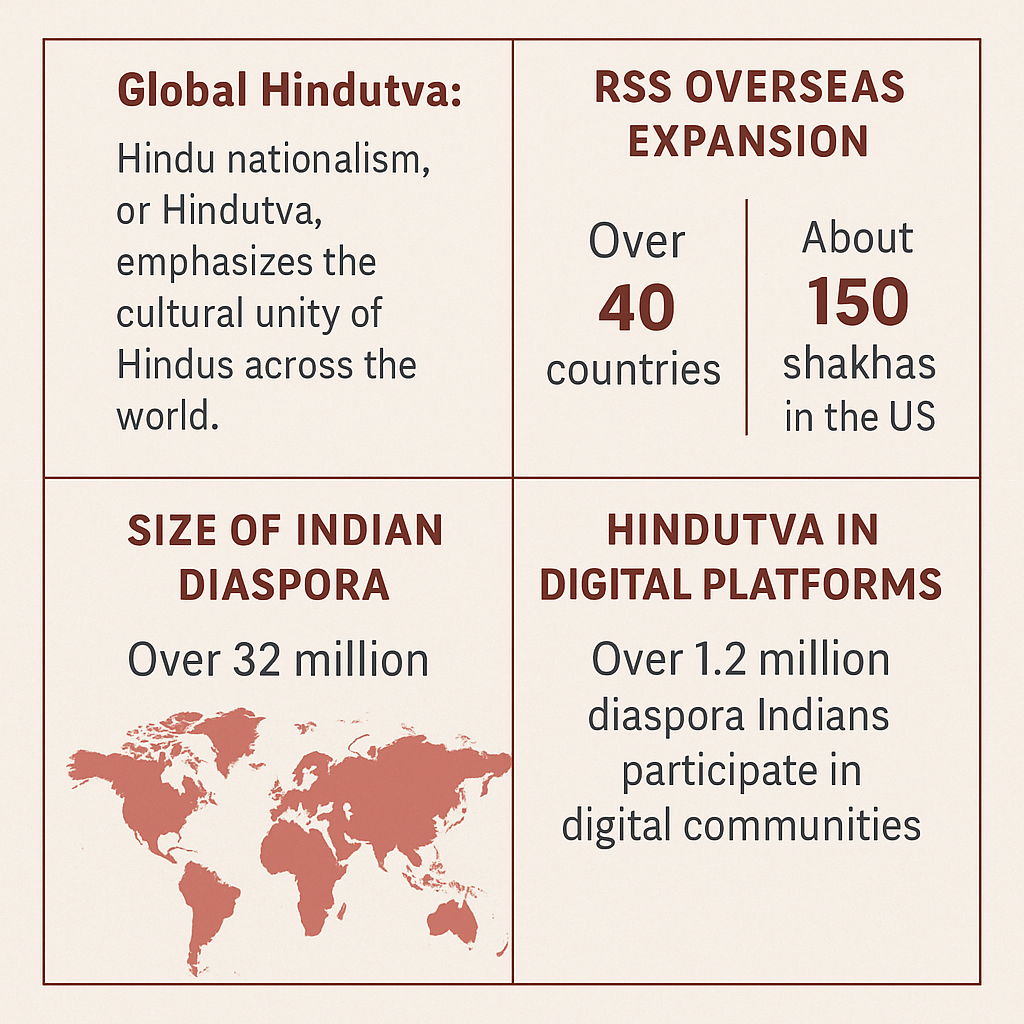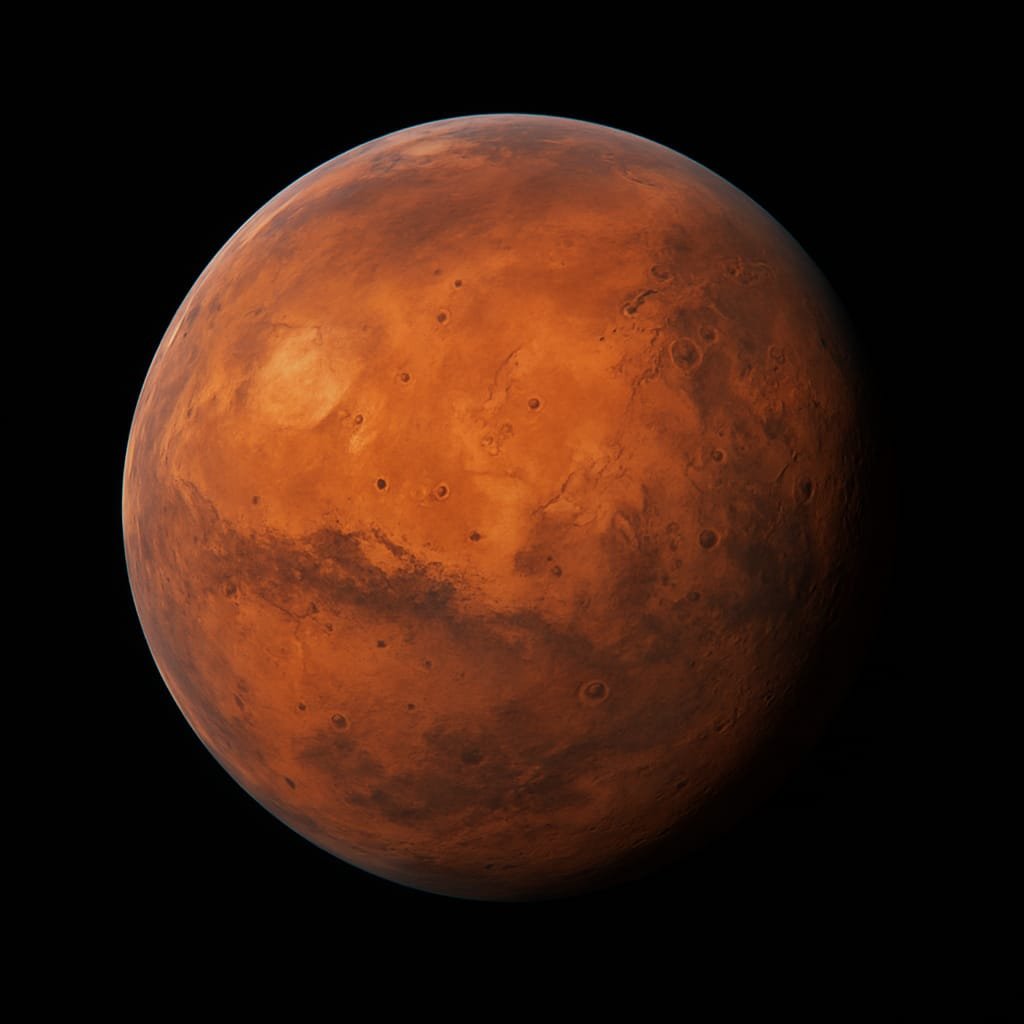
The Origins of Astrology: A Journey Through the Stars
Imagine lying on a grassy plain, gazing up at a velvet sky speckled with twinkling stars, and wondering—what does it all mean? This question, rooted deep in human curiosity, marks the birth of astrology. Here, science, mythology, and spirituality converge. From the Babylonians to the Egyptians, the Mayans to the Indians, ancient civilizations looked to the heavens not just for beauty, but for answers—seeking to understand fate, fortune, love, and loss.
Around 2,000 BCE, the Babylonians created the first organized system of astrology. They divided the night sky into twelve sections, each corresponding to what we now call the zodiac signs—Aries, Taurus, Gemini, and so on. Their belief was simple yet profound: the positions of the stars and planets revealed truths about the world and ourselves. The celestial bodies were not distant, inert objects but living symbols influencing the very fabric of life.
But the Babylonians were not alone in their celestial observations. The ancient Egyptians, with their deep spiritual connection to the cosmos, developed their own rich astrological tradition. They linked the movements of the stars and planets with their gods, weaving the heavens into the fabric of daily rituals and life.
In India, astrology took on an even deeper, more integrated form. Known as Jyotish Vidya (the science of light), Indian astrology evolved as a spiritual discipline connected to not just predicting the future, but to understanding life’s deeper truths. Rooted in Hindu philosophy, Indian astrology links the movements of the planets to karmic cycles, health, and spiritual growth. This ancient system, dating back over 5,000 years, remains a guiding force in Indian culture, intertwined with practices like Ayurveda and meditation, where the stars reflect the inner world.
By the time the Greeks and Romans rose to prominence, astrology had become a central part of intellectual life. Great thinkers like Pythagoras and Plato embraced the idea of a harmonious, interconnected cosmos—one in which the movements of planets and stars were intimately tied to events on Earth. For them, the heavens were not random bodies but a divine design, with each planet and star playing a role in the grand play of life.
The Science Behind Astrology: Beyond the Stars?
Astrology has often been met with scepticism in modern times. Critics argue that its predictions are too vague, its claims unsupported by empirical evidence, and its foundations unscientific. After all, how could the positions of distant planets influence your personality, fate, or daily life? Shouldn’t astrology be as measurable and repeatable as physics or chemistry?
But what if astrology is not a science in the conventional sense? What if it’s something more complex—an art based on centuries of observation, symbolism, and a profound understanding of cosmic rhythms?
At its core, astrology is grounded in the belief that the universe operates in a system of interconnectedness. It’s not about random celestial events, but rather a cosmic order—where the positions of the Sun, Moon, and planets at the time of your birth reflect a deeper harmony between the heavens and Earth. Astrology suggests that the cosmos has a profound influence on us, shaping our personalities, emotions, and life events. This idea echoes the ancient Hermetic axiom: “As above, so below.”
The Cosmic Symmetry: Stars and Planets as Mirrors
Consider this: when you look at your astrological chart, you’re not just observing where the stars and planets were when you were born. You’re gazing into a cosmic mirror that reflects your innate traits, your deepest challenges, and the potential courses your life may take.
The Sun, for instance, isn’t just a distant star; it symbolizes your core essence, your identity, and life’s purpose. When the Sun is in Aries, it represents boldness and leadership, while in Taurus, the same Sun manifests as a steady, grounding force.
The Moon governs your emotional landscape. It’s the unseen influence behind your moods, subconscious drives, and desires. The Moon’s phases are powerful metaphysical markers—New Moons signify fresh starts, while the Full Moon marks culmination and release. These lunar cycles, as natural as ocean tides, guide us through periods of growth and reflection.
The outer planets—Jupiter, Saturn, Uranus, Neptune, and Pluto—symbolize larger forces in our lives. Jupiter is the planet of expansion and growth, often bringing abundance or wisdom. Saturn, the taskmaster, represents discipline, structure, and life lessons. Its movements often signal moments of hard work and personal growth.
The Metaphysical Mechanics: Astrology and Hidden Forces
Astrology doesn’t rely on measurable physical forces like gravity or electromagnetism—the kinds of forces we can observe and quantify. This sets it apart from traditional sciences. So, what’s really at play?
Some astrologers suggest that the mechanism behind astrology involves undiscovered forces—forces that exist on a level we haven’t yet learned to detect. This could explain why astrology, despite its lack of empirical validation, has endured across cultures and millennia. It points to something ancient, instinctive, and possibly even cosmically true about the nature of existence.
Modern science is evolving in ways that may shed light on astrology. For example, quantum physics is exploring a universe where everything is interconnected, on a deep, non-local level. Could this web of quantum connections mirror astrology’s belief in the cosmic interconnectedness between humans and the universe? While speculative, this idea resonates with astrological principles.
Additionally, chaos theory—which examines how small changes in initial conditions can lead to vastly different outcomes—parallels astrology’s view that the positions of celestial bodies at any given time set the stage for life’s unfolding events. Astrologers might argue that while the influence of planets is not directly measurable, their movement still plays a role in shaping the patterns of our lives, like the proverbial butterfly effect.
Astrology and the Human Experience: The Magic of Synchronicity
Astrology’s real power lies not in its ability to predict the future with pinpoint accuracy, but in its ability to provide a framework for understanding the forces at play in our lives. Through synchronicity—a term coined by Carl Jung—astrology suggests that events are meaningfully connected, even when they aren’t causally linked. In this sense, astrology isn’t so much about predicting specific outcomes, but about revealing the underlying patterns that connect the internal world to the external cosmos.
Take Mercury Retrograde, for instance. During this time, when Mercury appears to move backward in the sky, people often report communication breakdowns, travel delays, and technology glitches. Some may write this off as coincidence, but others see it as an opportunity to pause, reflect, and resolve unfinished business. Mercury Retrograde becomes a time for introspection before moving forward.
Similarly, the Saturn Return—which happens approximately every 29.5 years—marks a significant shift in personal identity and long-term goals. For many, the Saturn Return signals a period of deep transformation. Whether one believes in astrology or not, countless people find that this period reshapes their adult life, helping them re-align with their true purpose.
Bridging the Mystical and the Scientific
While astrology may not yet have the hard scientific proof that disciplines like physics or chemistry possess, its long-standing relevance suggests there’s something deeply meaningful here. Whether through the cycles of the planets influencing collective consciousness, the symbolic language of the zodiac helping us understand ourselves better, or simply the magic of synchronicity linking our inner worlds with the cosmos—astrology provides a unique lens through which we can explore life’s mysteries.
In the end, astrology may not need scientific validation to remain meaningful. Perhaps its true power lies in its ability to spark wonder, inspire self-reflection, and help us appreciate the deep, unseen connections that bind us to the stars. Whether we see it as a science, an art, or a spiritual discipline, astrology endures because it speaks to something timeless, mysterious, and profoundly human.





















